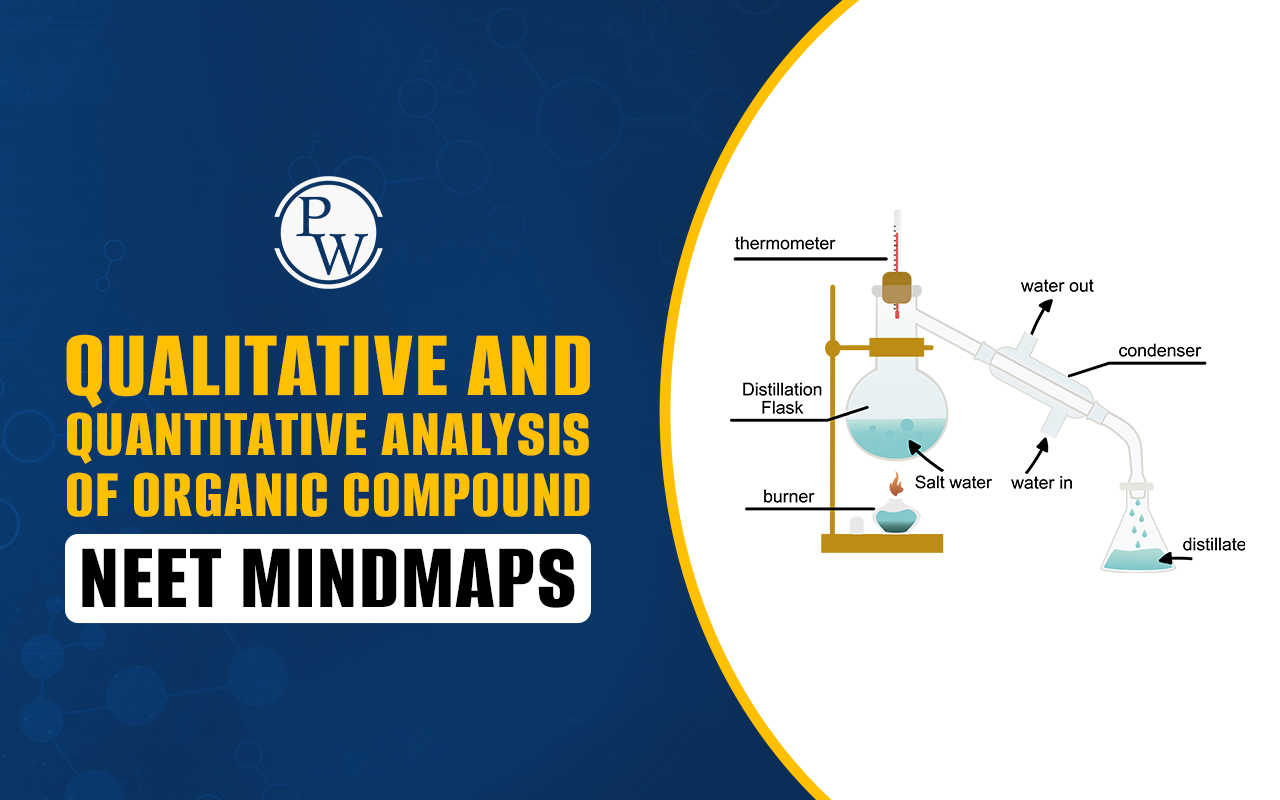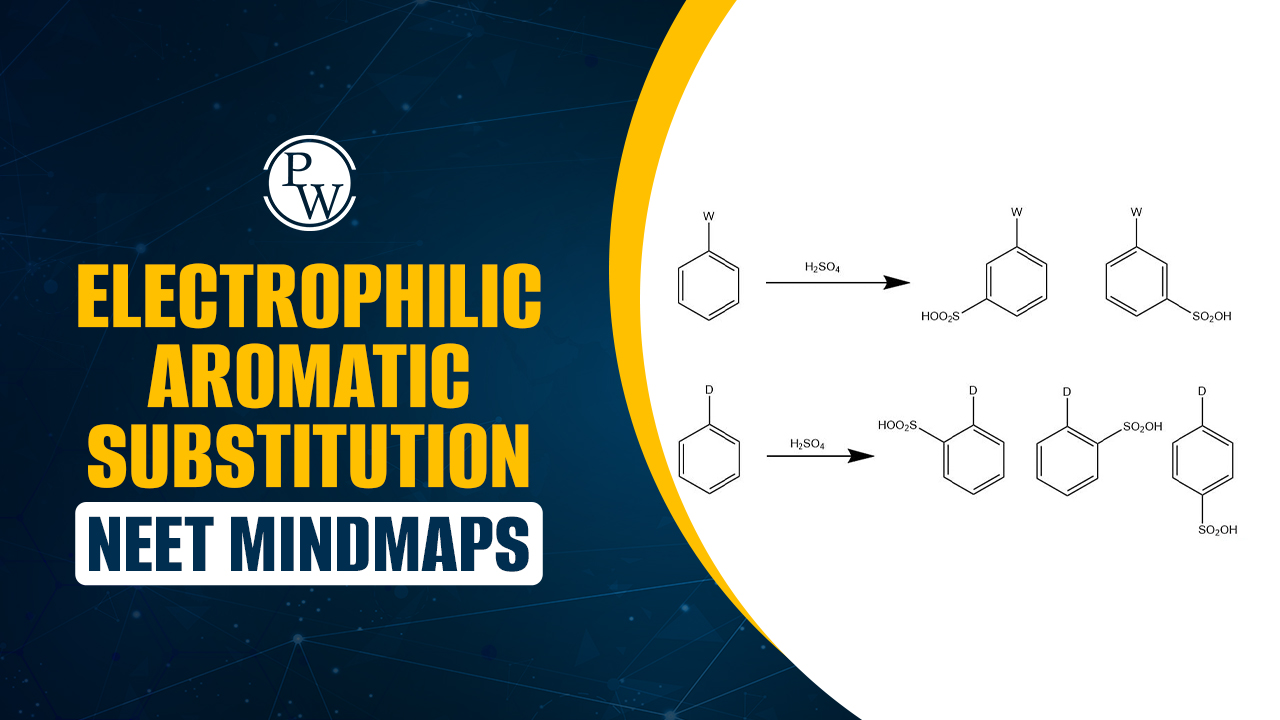

Difference between Monocot and Dicot Stem: All flowering plants are classified into two types: monocots, also known as monocotyledons, and dicots, or dicotyledons. Cotyledons, a vital part of the embryo found within the plant's seed, play an important role in this classification. The structural difference between monocot and dicot stem are significant. Dicots are plants with seeds that contain two cotyledons, whereas monocots have seeds that only contain one cotyledon. Examples of dicots include legumes such as beans, peanuts, and lentils, as well as mint, lettuce, and tomatoes.
Monocots include pulses such as corn, millet, and rice, as well as sugarcane, palm, banana, and grass. Interestingly, the 'cot' of plants acts as an embryonic leaf, nourishing germinating seedlings, especially because young plants' root systems are underdeveloped. Monocot and dicot plants have different anatomy, and the following article goes into detail about the difference between monocot and dicot stem.
| NEET Biology Syllabus | NEET Biology Diagrams |
| NEET Biology MCQ | NEET Biology Chapter wise Weightage |
| NEET Biology Notes | NEET Previous Year Question papers |
Difference between Monocot and Dicot Stem Overview
Monocotyledons, commonly referred to as monocots, represent a category of flowering plants or angiosperms characterized by seeds that usually possess only one embryonic leaf, known as a cotyledon. Notable examples of monocots include rice, corn, and palm trees. Dicotyledons, or dicots, conversely belong to the group of flowering plants or angiosperms whose seeds typically contain two embryonic leaves or cotyledons. Examples of dicots encompass tomatoes, potatoes, and roses, with approximately 100,000 to 150,000 species falling under this category.
The shoot system, which constitutes the primary aerial portion of the plant, bears branches, leaves, flowers, and fruits. Additionally, it plays a vital role in the internal transportation of water, mineral nutrients, and gases within the plant. The following article detailed about the difference between monocot and dicot stem.
Difference between Monocot and Dicot Stem
Plants can be classified in a variety of ways, one of the most common being the distinction between flowering and non-flowering plants. Flowering plants, which make up the majority of green plants, are divided into two types: monocots (monocotyledons) and dicots (dicotyledons). The following table shows the difference between monocot and dicot stem.
| Difference between Monocot and Dicot Stem | ||
| Characteristics | Monocot Stem | Dicot Stem |
| Definition | The monocot stem is a tubular, hollow axial part of the plant that produces nodes, internodes, leaves, branches, and flowers with roots at the basal end. | The dicot stem is a solid, cylindrical axial part of a plant that includes nodes and internodes, giving rise to leaves, branches, and flowers. |
| Internodes | The internodes of the monocot stem are hollow. | The internodes of the dicot stem are solid. |
| Transverse Section | In the transverse section, the monocot stem is differentiated into the epidermis, hypodermis, and ground substance. | The dicot stem is differentiated into the epidermis, cortex, and stele. |
| Internal Tissues Arrangement | The internal tissues in the monocot stem are randomly arranged with no specific order. | The internal tissues of the dicot stem are arranged in concentric layers or rings. |
| Epidermal Hairs | Epidermal hairs are present in the dicot stem. | Epidermal hairs are absent in the monocot stem. |
| Hypodermis | The hypodermis is sclerenchymatous and mostly non-green in the monocot stem. | The hypodermis is mostly collenchymatous and predominantly green. |
| Cortex | The cortex of the monocot stem is less developed and represented by the hypodermis. | The cortex of the dicot stem is well-developed and differentiated into hypodermis, endodermis, and general cortex. |
| Endodermis | Endodermis is absent in the monocot stem. | The endodermis is present in the dicot stem and contains cells with starch granules. |
| Stele | The stele of the monocot stem is larger and of an advanced type. | The stele in the dicot stem is larger than the cortex and moderately developed. |
| Pericycle | Pericycle in the monocot stem is reduced or completely absent. | Pericycle in the dicot stem is present, either completely or partially sclerenchymatous. |
| Vascular Bundles | The vascular bundles in the monocot stem are scattered irregularly throughout the ground tissue. | The vascular bundles in the dicot stem are arranged in the form of a broken ring. |
| Vascular Bundle Shape | The vascular bundle is oval, conjoint, collateral, closed, and endarch in the monocot stem. | The vascular bundle is wedge-shaped, conjoint, collateral, open, and endarch in the dicot stem. |
| Bundle Sheath | The vascular bundles are covered with a sclerenchymatous sheath in the monocot stem. | The bundle sheath is absent in the dicot stem. |
| Vascular Bundle Stability | The vascular bundles remain the same throughout the life of the plant in the monocot stem. | Older vascular bundles are replaced by newer ones many times throughout the life of the plant in the dicot stem. |
| Xylem Bundle Composition | The xylem bundles in the monocot stem are composed of vessels arranged in the form of the letter Y. | The xylem bundles in the dicot stem contain fewer vessels arranged in rows or columns. |
| Protoxylem Lacunae | The xylem in the monocot stem contains protoxylem lacunae. | The xylem in the dicot stem doesn't have defined protoxylem lacunae. |
| Phloem Units | The phloem units in the monocot stem are smaller in size and lack phloem parenchyma. | The phloem units in the dicot stem are larger in size and have phloem parenchyma. |
| Secondary Growth | Secondary growth is not observed in the case of monocots. | Dicot stems exhibit secondary growth due to the presence of secondary vascular tissues and periderm formation. |
| Medullary Rays | Medulla and medullary rays are absent in monocot stems. | Medulla and medullary rays are present in dicot stems. |
Monocot Stem
Monocot stems are protected by a dermal layer with a circular pattern and lateral branches. This layer primarily consists of cells coated with a wax-like substance called cutin. These cells are systematically arranged, rigid, and rectangular in shape. The internal composition of a monocot stem comprises ground tissue, a well-developed epidermis, and numerous vascular bundles scattered throughout. Examples of monocot stems include onions, tulips, lilies, and garlic.
Dicot Stem
Dicot stems are surrounded by a dermal layer that contains multicellular stem hairs. They have a distinct epidermis and a cuticle. A dicot stem is made up of several layers: the epidermis, cortex, endodermis, pericycle, hypodermis, vascular strand, and pith. Sunflowers and cucumbers are good examples of dicot stems. The primary difference between monocot and dicot stem is typically based on four key characteristics: stems, flowers, foliage, and roots.
Physics Wallah offers a variety of NEET online courses that can help candidates crack the NEET exam. PW Online Coaching program for NEET Exam includes mock tests, regular assessments, and doubt-clearing sessions.
Difference between Monocot and Dicot Stem FAQs
What is the difference between monocot and dicot stem?
How is a monocot stem characterized?
What are the uses of monocots?
What defines a dicot stem?
Are monocots capable of asexual reproduction?












